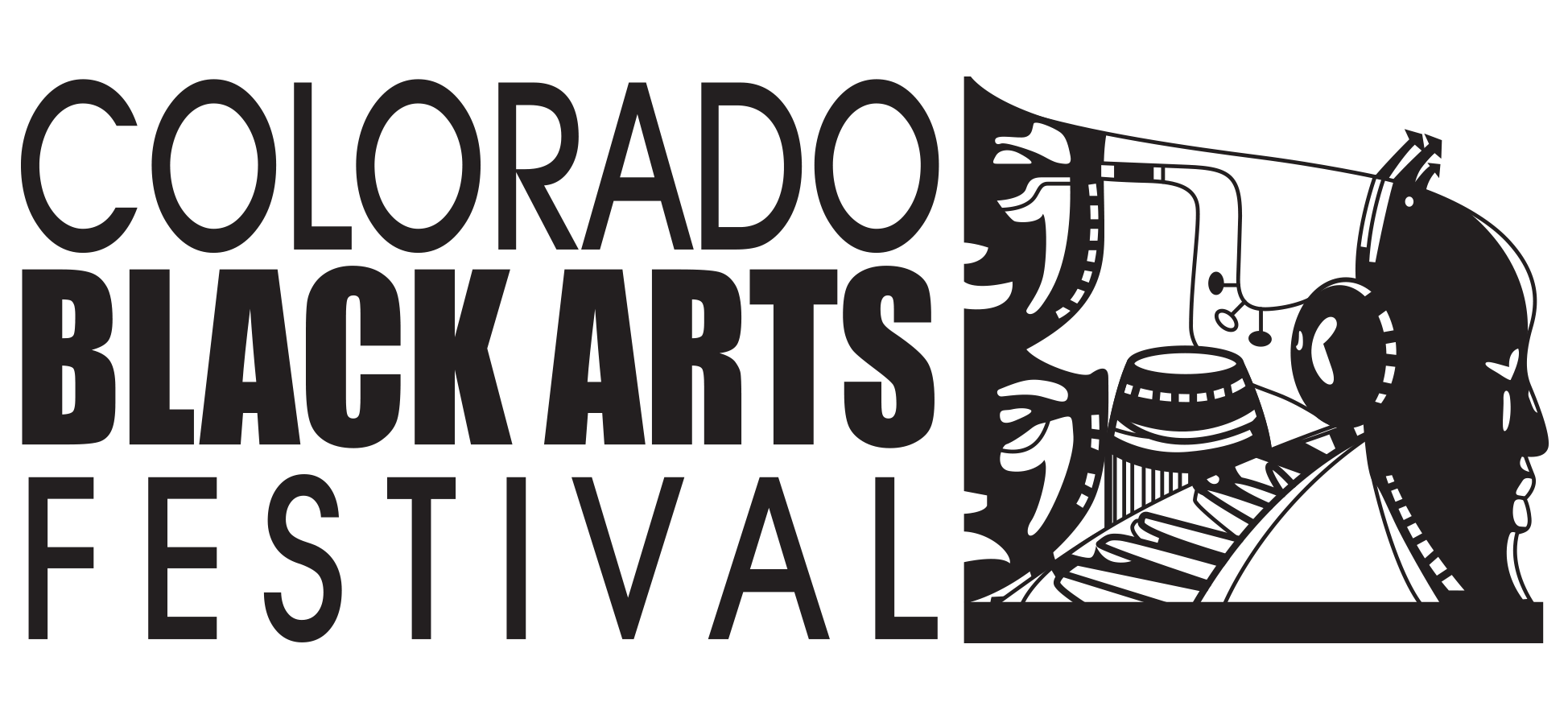Here are some general guidelines for implementing alt text on the website.
Good alt text on a website is important for all users, but for blind users who rely on screen readers, they’re fundamental to the experience they’ll have interacting with your site. Alt text is basically a description of what that image is. As a screen reader verbalizes the content of a website, it will dictate to a user that there is an image, then read the alt text aloud. If alt text is not added for an image, the screen reader will read “image” aloud to the user, leaving her or him without any context for why that image exists on the page. Generally, think of the alt text you write as a way to describe to a blind person who cannot see the image what the image is about.
Alt text for images — each image that is uploaded onto the site should have “Alt Text” entered. You can enter this by clicking any image in the Media Library on the back end. See the attached screenshot for an example of where to find this field. The text will show as a description for screen readers and if an image doesn’t load.
- Here is a great resource to learn about well-constructed alt text – and gives examples: https://webaim.org/techniques/alttext/
- When writing alt text:
- Be accurate and equivalent in presenting the same content and function of the image.
- Be succinct. This means the correct content (if there is content) and function (if there is a function) of the image should be presented as succinctly as is appropriate. Typically no more than a few words are necessary, though rarely a short sentence or two may be appropriate.
- NOT be redundant or provide the same information as text within the context of the image.
- NOT use the phrases “image of …” or “graphic of …” to describe the image. It is usually apparent to the user that it is an image. And if the image is conveying content, it is typically not necessary that the user know that it is an image that is conveying the content, as opposed to text. If the fact that an image is a photograph or illustration, etc. is important content, it may be useful to include this in alternative text.

